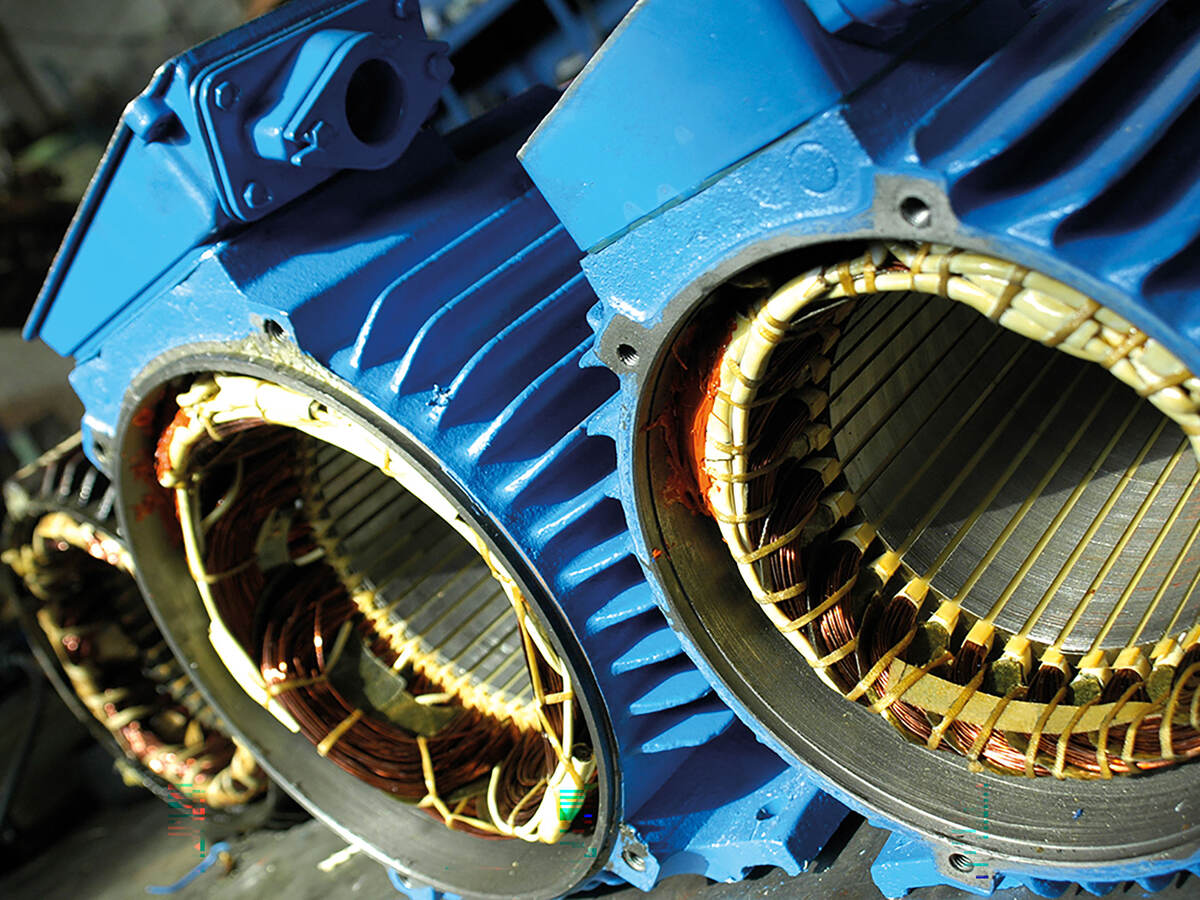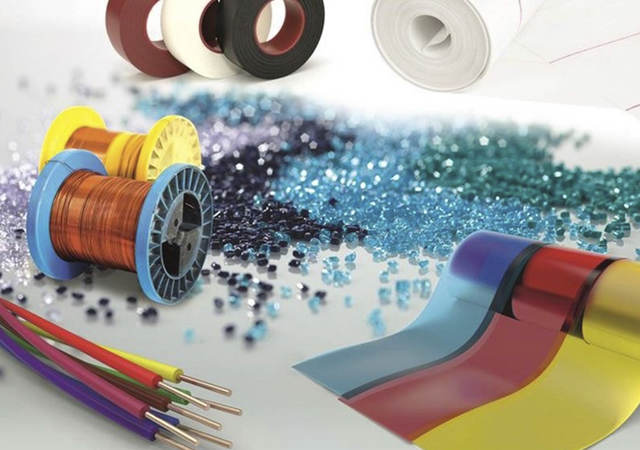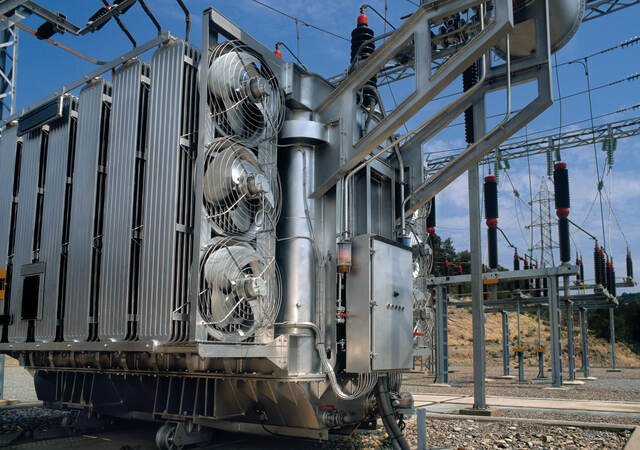Many electromagnetic devices operate at high temperatures, including motors, transformers, generators and solenoids. Ensuring the durability of electrical insulation systems (EIS) under extreme conditions plays a crucial role both in safety and in reliable and efficient operations.
What makes the difference between a highly reliable and a poorly performing EIS?
The answer lies in the electrical insulation materials (EIMs) that make up the EIS and how they perform in combination with one another to withstand aging. Mechanical or environmental stressors may influence aging mechanisms, but thermal stress plays a particularly large role. This can lead to temporary degradation or permanent damage to the EIS. Once this occurs, devices break down and can present a risk of fire or electric shock.
How well EIMs resist thermal aging depends on how well the individual materials respond to one another. Every EIS is unique in design and application, which can make the research and development process or production challenging. When it comes to extreme temperatures, manufacturers can find guidance in testing that zeros in on and evaluates EIMs’ thermal performance and their interaction in the complete system.
Taking the heat off of manufacturers
End-product manufacturers benefit from working with a partner who understands the relationship between EIM performance and thermal aging. UL 1446, the Standard for Systems of Insulating Materials – General, covers the guidelines and test methods for evaluating the thermal performance and chemical compatibility of insulating materials and their interaction as a whole under heat load and other stresses (mechanical, cold shock and moisture). Demonstrating compliance with this Standard paves the way for manufacturers to meet the requirements described in the applicable end-product standards.
Does my electrical end-product need all this?
Some end-product manufacturers may be uncertain whether their electrical device or equipment really requires extensive test methods. As a general rule, if the EIS hot spot temperature is greater than 105°C, there’s a good chance thermal degradation may occur, and compliance with UL 1446 is therefore mandatory.
A variety of options for UL certification of EIS
UL Solutions offers several options to help manufacturers demonstrate compliance with UL 1446. The three most common evaluations are:
- Full thermal aging test – Designed to monitor thermal degradation of a new EIS over time, performed on nonfunctioning general-purpose models or actual electrotechnical device samples
- System adoption process – Ideal for end-product manufacturers who don’t develop their own EIS but use a UL Certified EIS from a material supplier listed in the UL Product iQ® database — quick and cost-efficient
- Sealed tube chemical compatibility test – For add-on, nonelectrical insulating materials; addresses the compatibility of an insulating material with other materials in the same insulation system
Other alternative compliance options UL Solutions offers include the defined life thermal aging test, high-voltage EIS full thermal aging tests and short-term thermal aging test for motors. These options cover a wide range of requirements that can govern end-product standards.
The best-laid plans start with testing
Compliance options for EIS don’t need to be complicated or slow down your electrical device production. On the contrary: They can open the door to seamless production and accelerated acceptance of products on the market.
Find out how you can get started with UL 1446 compliance.
Get connected with our sales team
Thanks for your interest in UL's products and services. Let's collect some information so we can connect you with the right person.




